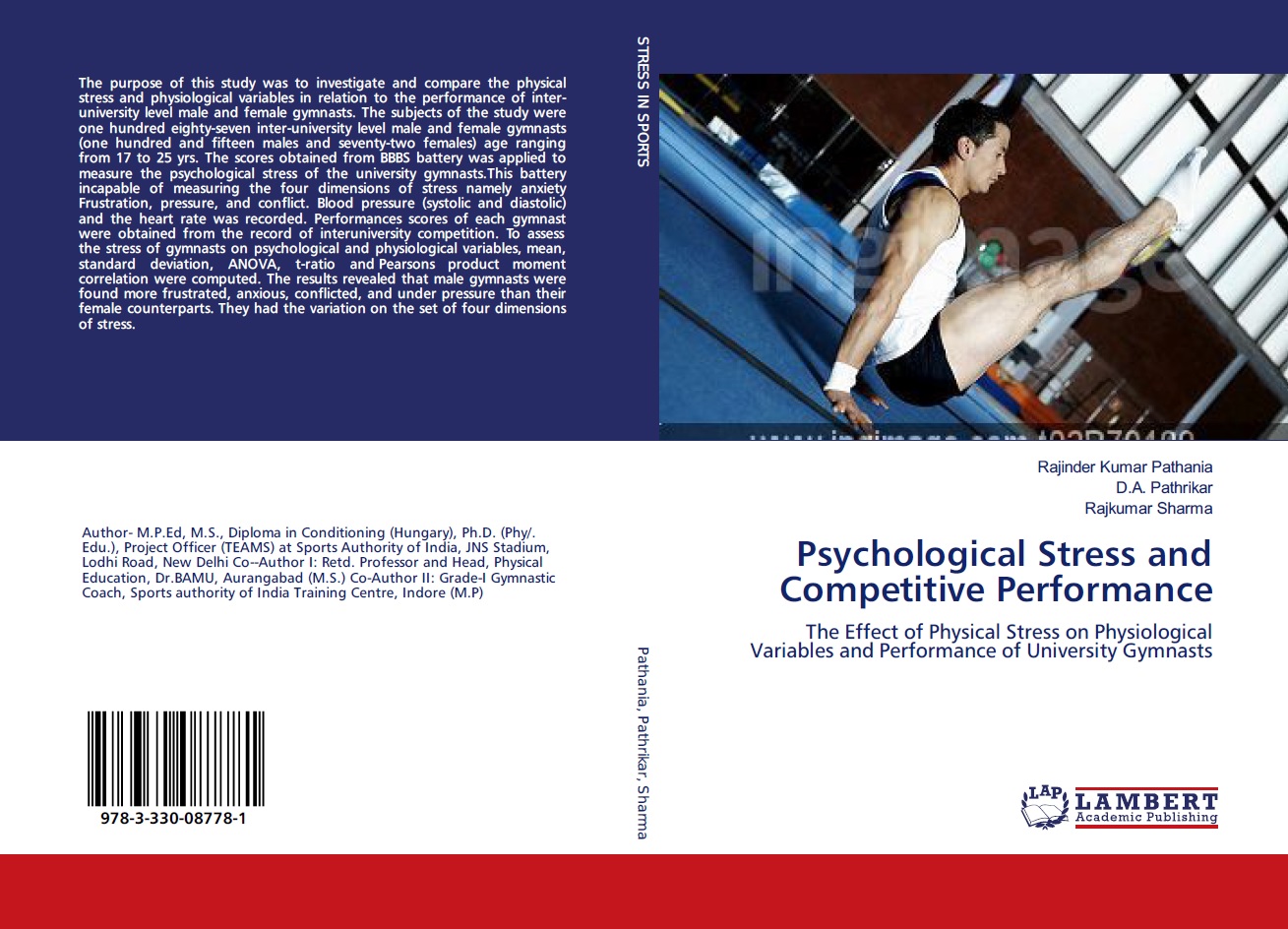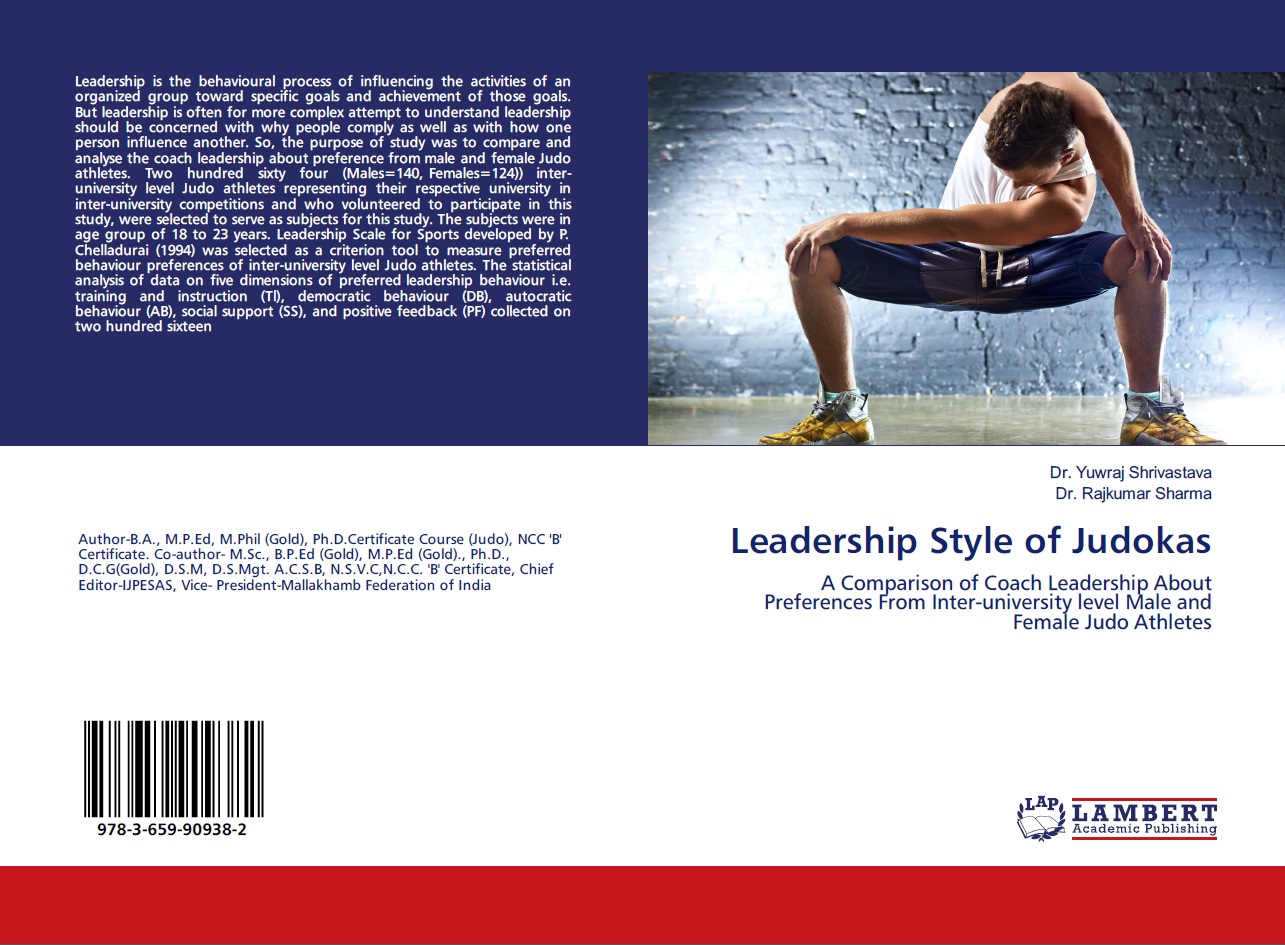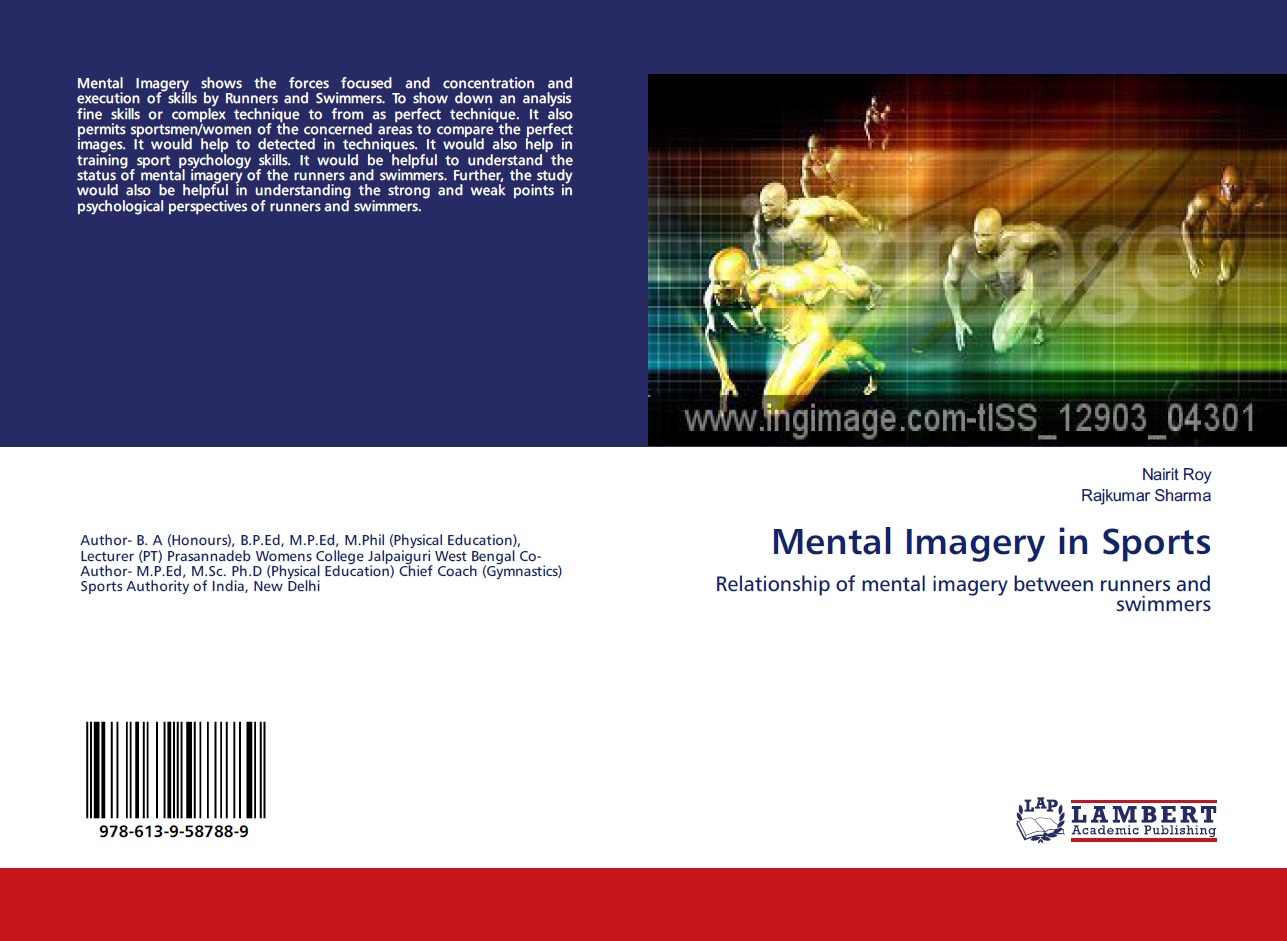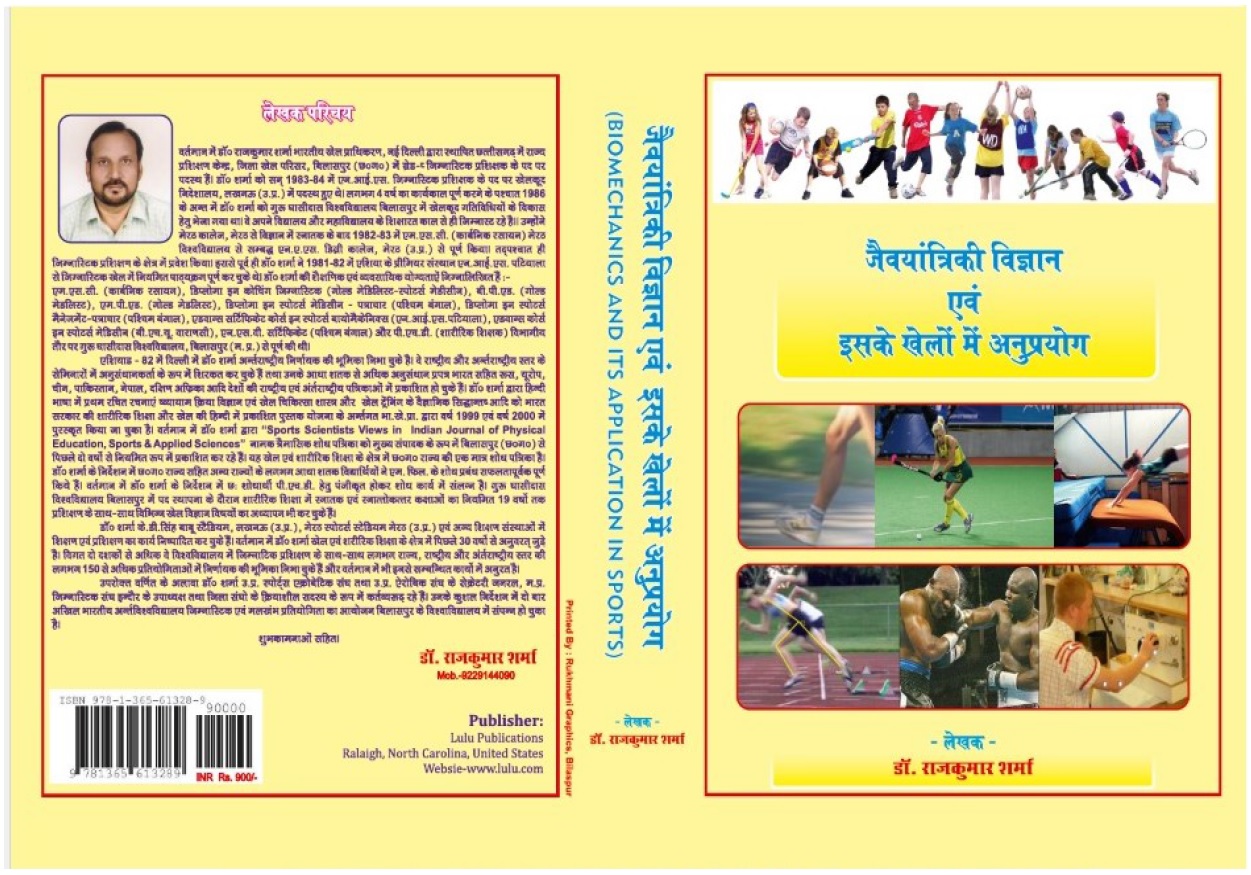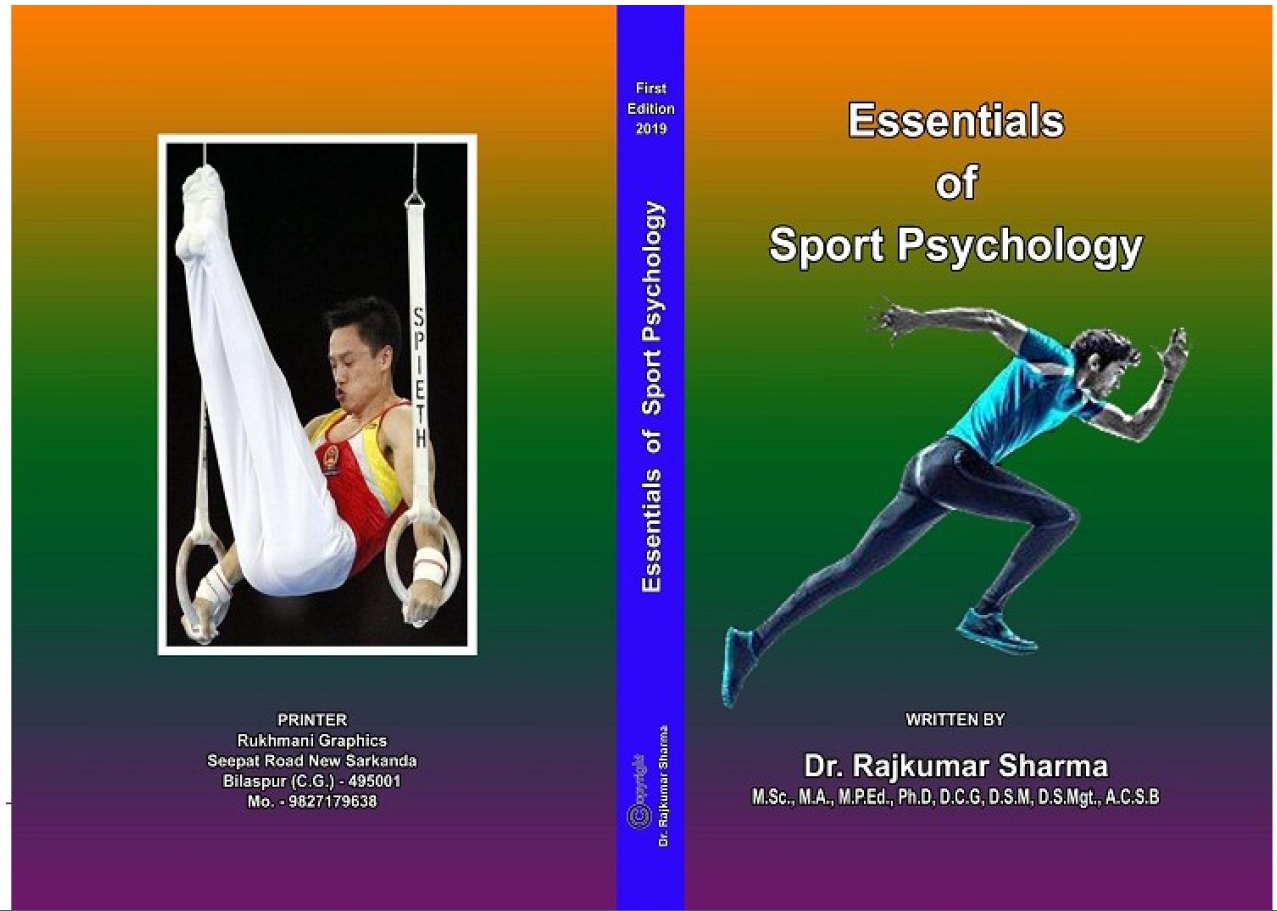| S.No. | Total View Count | Title of Manuscript | Page No | Download/ PDF |
|---|---|---|---|---|
| 1 | INFLUENCE OF EFFICACY OF MOTOR IMAGERY OF TABLE TENNIS PLAYERS AMONG COLLEGE STUDENTS IN PHYSICAL FATIGUE Author: G. Sivamaran1 & Dr S.V. Arun 2 | 01-04 |  27 27 |
Article info
doi no.: 05-2016-44975451,
DOI Link :: http://doi-ds.org/doilink/02.2021-33411715/IJPESAS/2021/JAN/V11/I1
AFFILIATIONS:
- Director of Physical Education, Mohamed Sathak College of Arts and Science, Sholinganallur, Chennai 600119 sivamaran.gp75@gmail.com Mobile-9944566348
- Director of Physical Education, C.Kandaswami Naidu College for Men, Chennai 600102 gpsmphd@gmail.com
In table tennis, numerous studies have been conducted to assess aerobic and anaerobic capacities during an ecological exercise. The aim of the study is to evaluate the influence of motor imagery contributes to improved motor performance. Recent work showed that motor imagery might provide additional benefits by comparing both in pre test (Experiment 1) post test (Experiment 2). However the efficacy of motor imagery in different states of physical fatigue remains largely unknown, especially as mental imagery accuracy may be in a reduced amount by the physical fatigue. Stroke parameters are speed and accuracy of the ball as well as feelings of fatigue and force production capacity of the elbow flexors, knee extensors both in a fatigued state and non-fatigued state. Statically when comparing more than two sets of numerical data, a multiple group comparison test such as one-way analysis of variance (ANOVA) is used.Ball speed, ball placement and speed-ball placement index showed satisfactory reliability.The validity analyses fatigued players had higher scores of ball speed,ball placement, speed- ball placement index as well as made fewer errors than non-fatigued players. The decrease in accuracy was associated with an increased ball speed in the non fatigue condition and a decreased ball speed in the fatigue condition. These findings significantly influence table tennis performance and therefore coaches should take into account both the physical and mental state of table tennis players to optimize performance.
Key Words: Efficacy, Motor Imagery, Table tennis, Speed, Accuracy, Physical & Mental State.
References
Hall, Craig R., Rodgers, Wendy M. and Kathryn A. (1990), The Use of Imagery by Athletes in Selected Sports The Sport Psychologist, 4 :1-10.
Jones, Lesley & Stuth, Gretchen (1997), The uses of mental imagery in athletics: An overview Applied and Preventive Psychology, 6 ( 2): 101-115
Murphy, S. M. (1994), Imagery interventions in sport, Medicine & Science in Sports & Exercise, 26(4): 486–494.
Zagatto, A.M.; Kondric, M.; Knechtle, B.; Nikolaidis, P.T.; Sperlich, B. (2017), Energetic demand and physical conditioning of table tennis players. A study review. J. Sport Sci., 36 : 724–731.
Faber, I.R.; Oosterveld, F.G.; Nijhius-van der Sanden, M.W. (2014), Does an eye-hand coordination test have added value as part of talent identification in table tennis? A validity and reproducibility study. PLoS ONE, 9.
Zemkova, E.; Hamar, D. (2015), Toward an Understanding of Agility Performance, 2nd ed.; Albert: Bratislava, Slovak Republic.
Ak, E.; Koçak, S. (2010), Coincidence-anticipation timing and reaction time in youth tennis and Ftable tennis players. Percept. Motor. Skill. 110 : 879–887.
Bhabhor, M.K.; Vidja, K.; Bhanderi, P.; Dodhia, S.; Kathrotia, R.; Joshi, V. (2013), A comparative study of visual reaction time in table tennis players and healthy controls. Ind. J. Phys. Pharm. 57: 439–442.
Beata Pluta , Szymon Galas, Magdalena Krzyka?a and Marcin Andrzejewski (2020), The Motor and Leisure Time Conditioning of Young Table Tennis Players’ Physical Fitness Int. J. Environ. Res. Public Health 17: 5733.
Bencke, J.; Damsgaard, R.; Saekmose, A.; Jørgensen, P.; Jørgensen, K.; Klausen, K. (2002), Anaerobic power and muscle strength characteristics of 11 years old elite and non-elite boys and girls from gymnastics, team handball, tennis and swimming. Scan. J. Med. Sci. Sport, 12: 171–178.
Chatterjee, P., Goswami, A. and Bandyopadhyay, A. (2016), Somatotyping and some physical characteristics of trained male and female young table tennis players. Am. J. Sport Sci. 4: 15–21.
Bandi U. (2004). ‘The ability to play table tennis, the correlation study between agility and the ability to punch with the ability to play table tennis’ Res Rep.Yogyakarta: FIK UNY
 admin@sportscientistsviews.com
admin@sportscientistsviews.com

